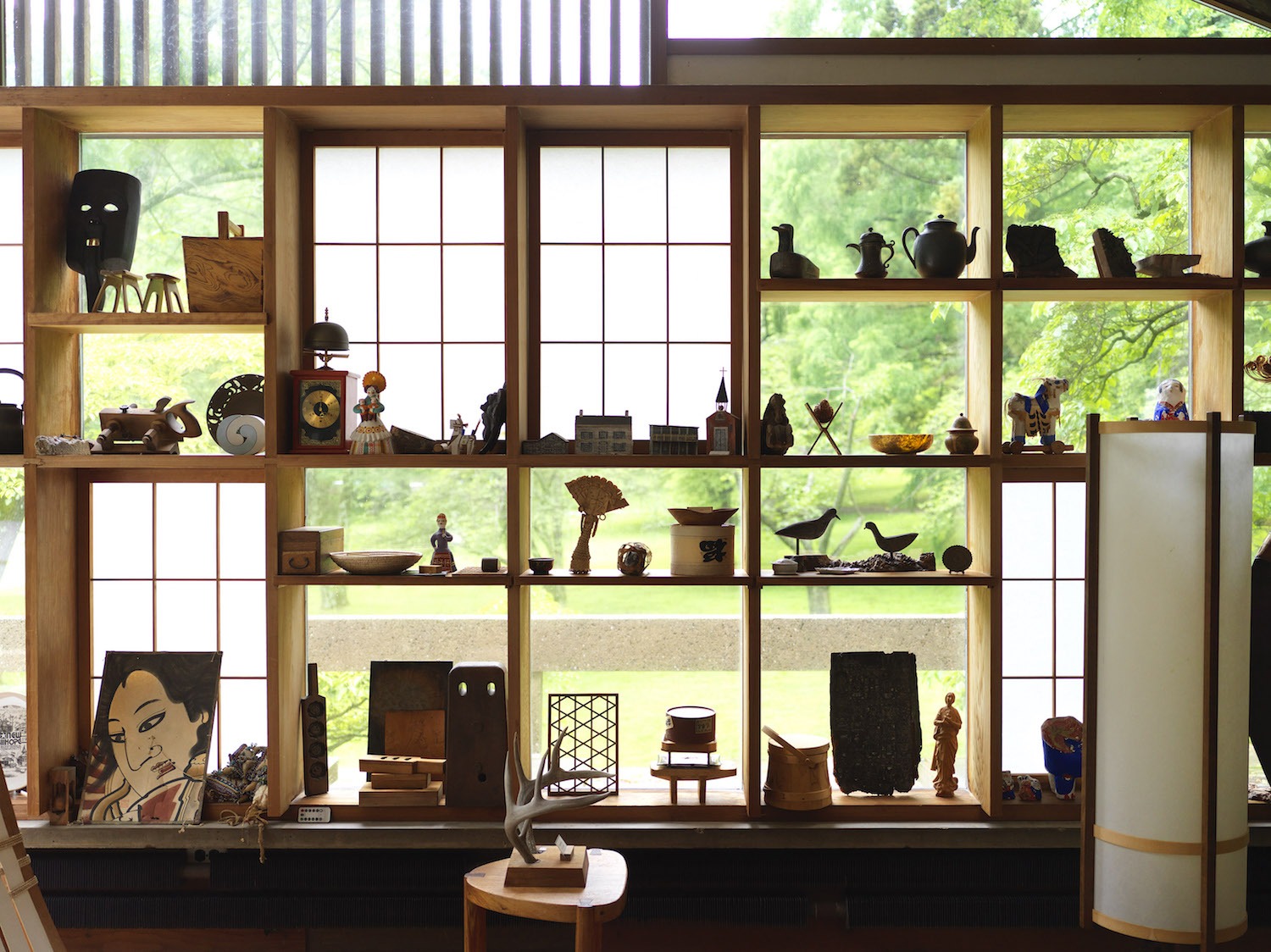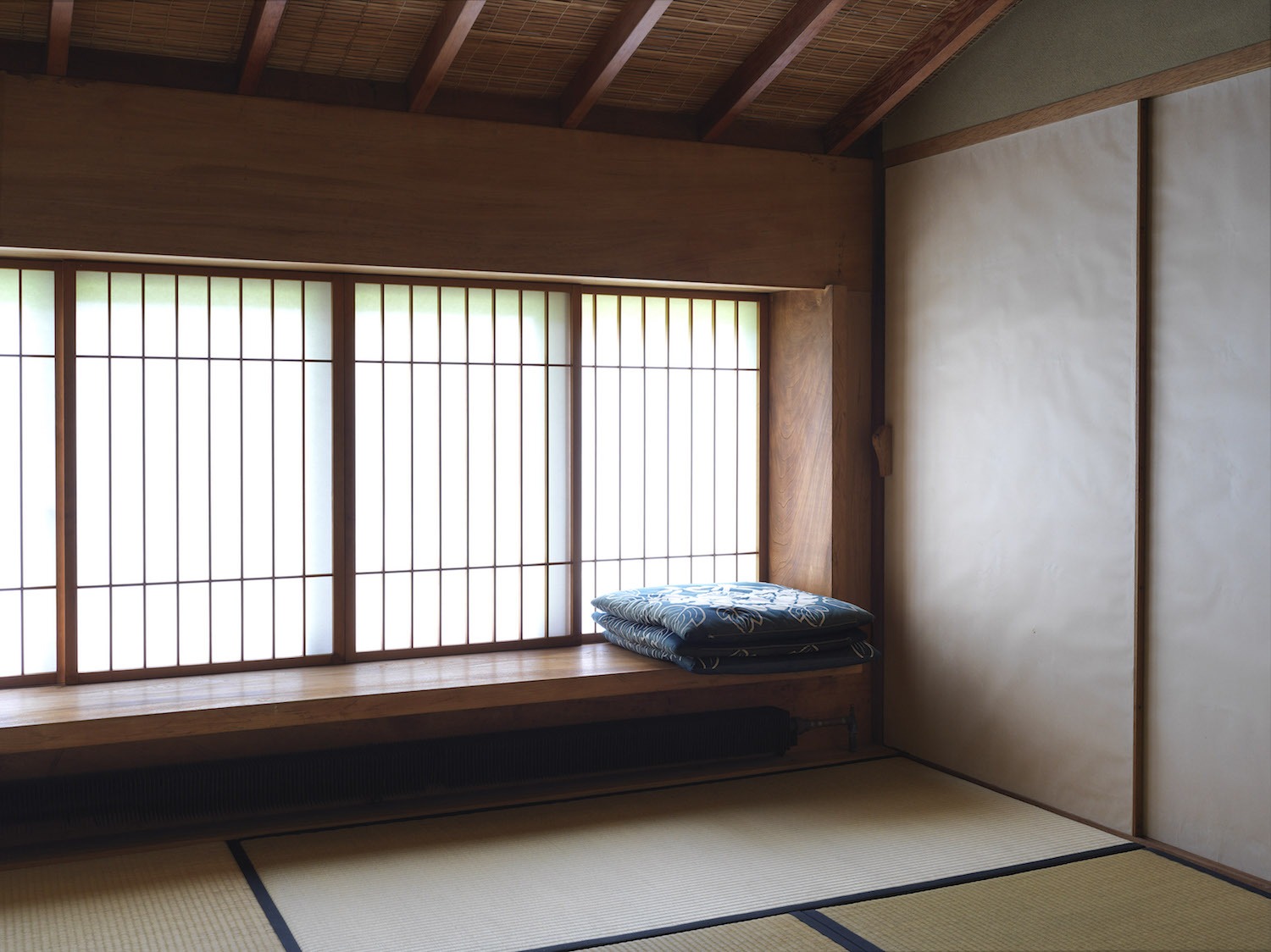
George Nakashima Woodworkers
The Soul of a Woodshop
What strikes you first is the enormous Pole Barn, filled with a monumental amount of lumber—trees waiting to be resurrected, as George might have said. George Nakashima, the preeminent American designer and master craftsman, made furniture out of a philosophical and spiritual reverence for trees.
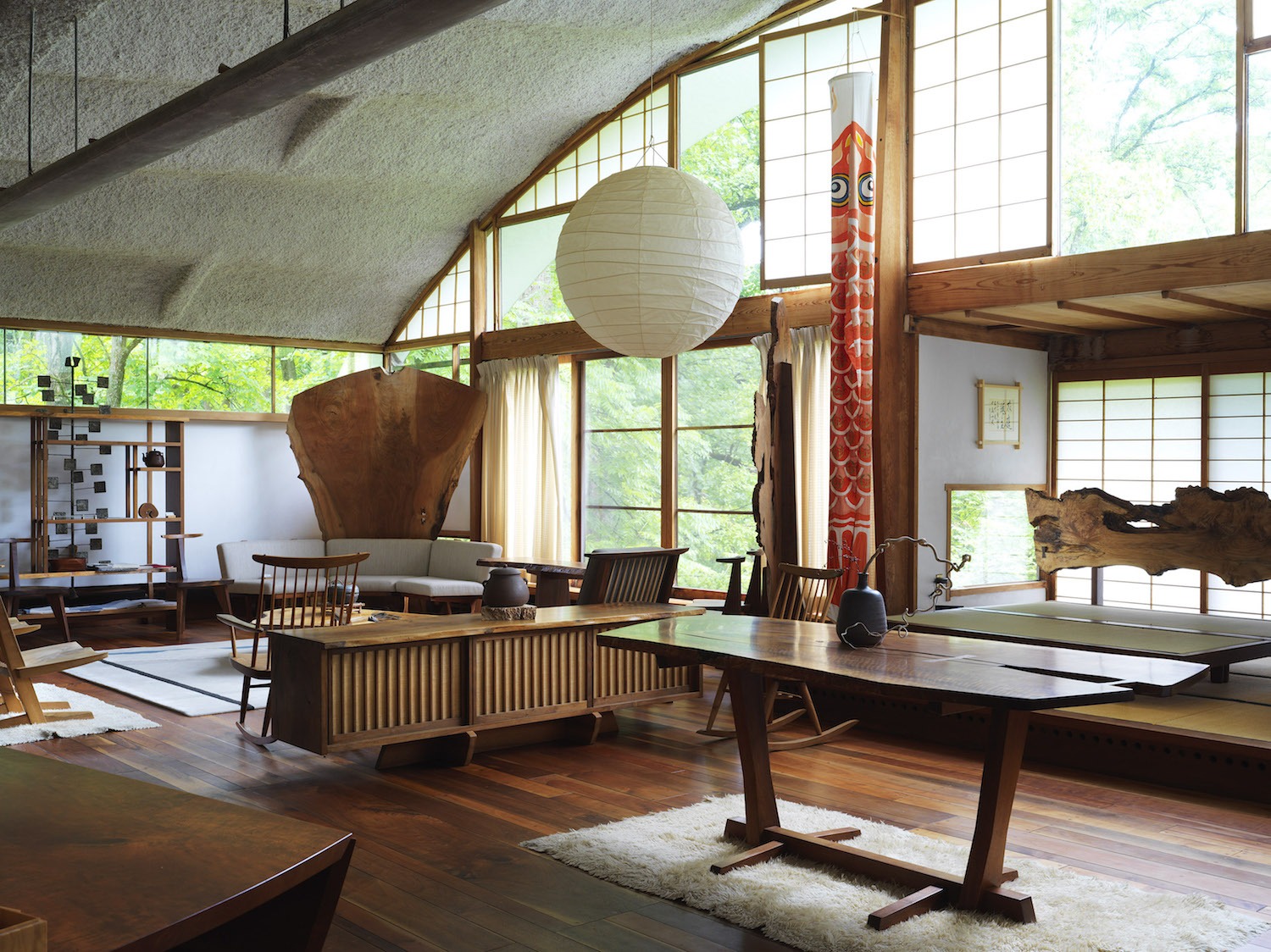
So it is fitting that the property where he and his family built their business, and where his designs are still produced, is lush with leaves, bark and a varied plant life. The grounds are bright with bamboo, and populated by native dogwoods, poplars, cedars, and black locusts, as well as dawn redwoods discovered in mainland China in the 1950s and propagated in US, that George purchased and planted on the property where have been flourishing ever since. They are a DECIDUOUS EVERGREEN, losing all their “needles” and fronds every year. The location is Bucks County, Pennsylvania, which has drawn artists of all stripes and, especially when he first came there, was surrounded by bucolic farm country. But there was another reason that Nakashima chose the town of New Hope as the site of his life’s work—the place name seemed prophetic.
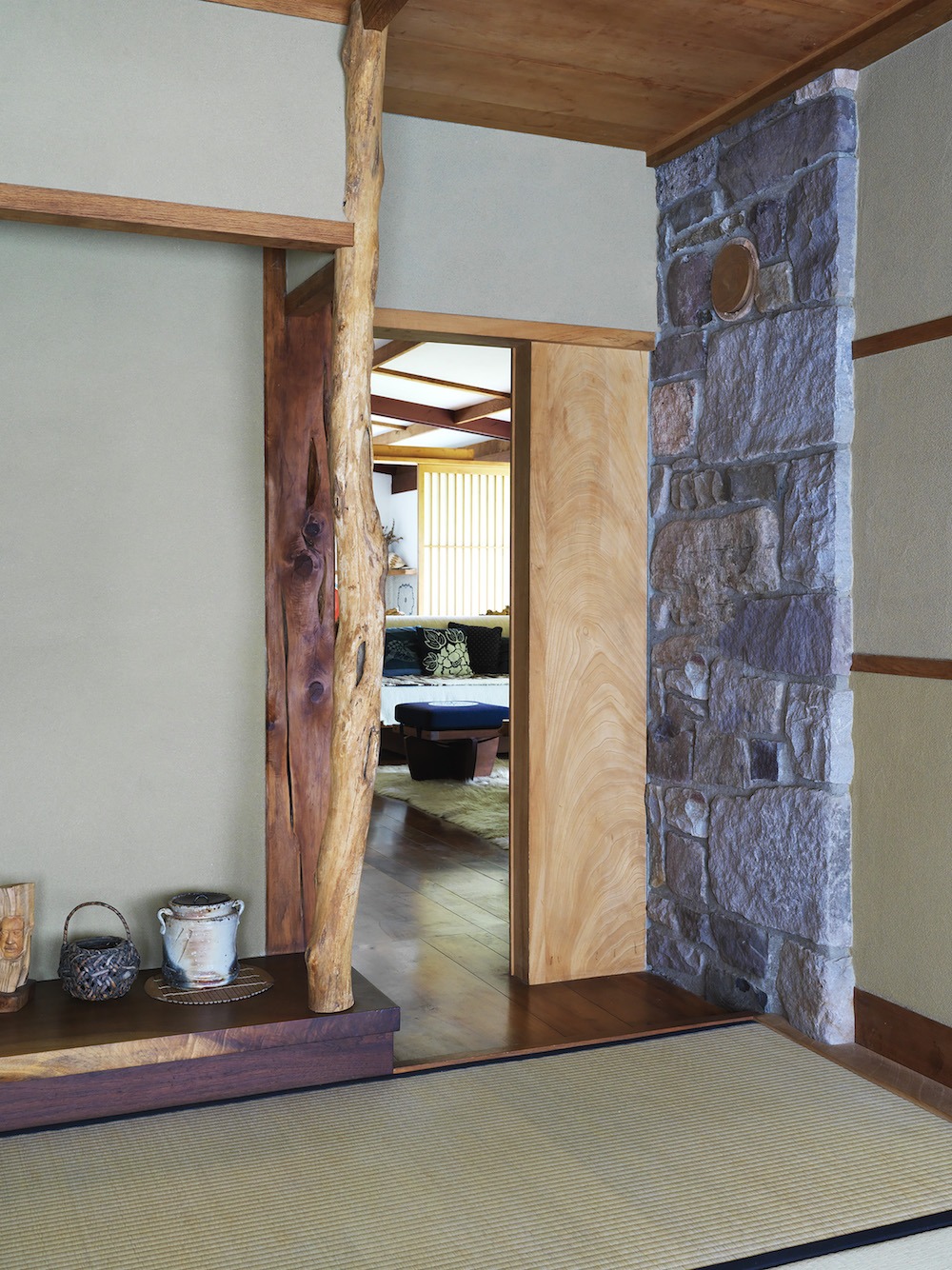
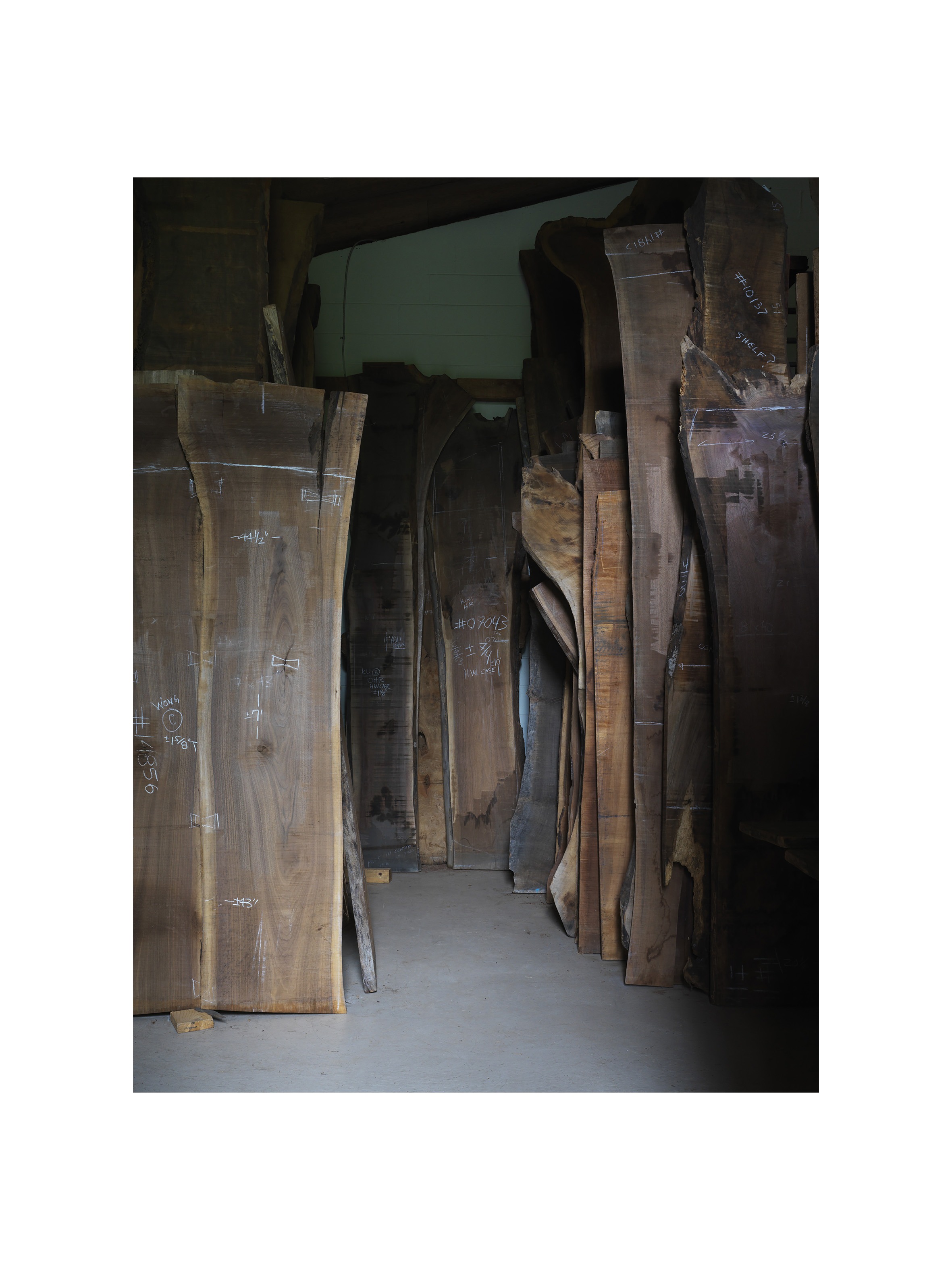

The family first came to the area after a trial in the desert—they had been interned, along with over a hundred thousand other Americans of Japanese descent, by their own government during the final years of World War II. George’s daughter, Mira Nakashima, was only a few weeks old when she and her parents were incarcerated in the Minidoka Relocation Center in Idaho’s Snake River Plain. Her mother, Marion, was, she says, “a basket case,” for it was no place to raise a child, and though her father made the best of the situation by working alongside Japanese carpenters, he too was desperate to get out of the camp. They managed to do so with the sponsorship of the Czech architect Antonin Raymond, for whom George had worked in India, and who owned a farm in Bucks County.
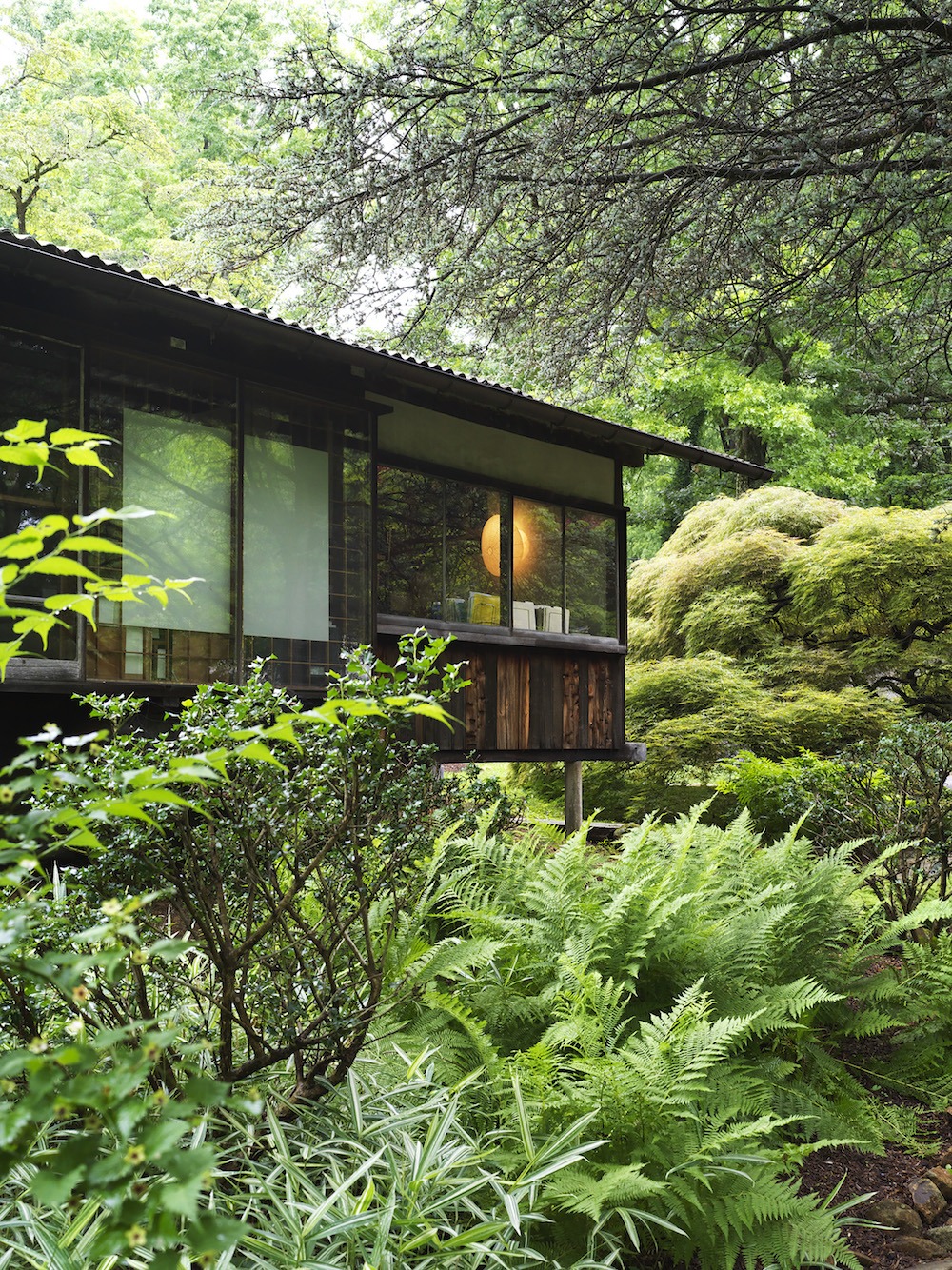
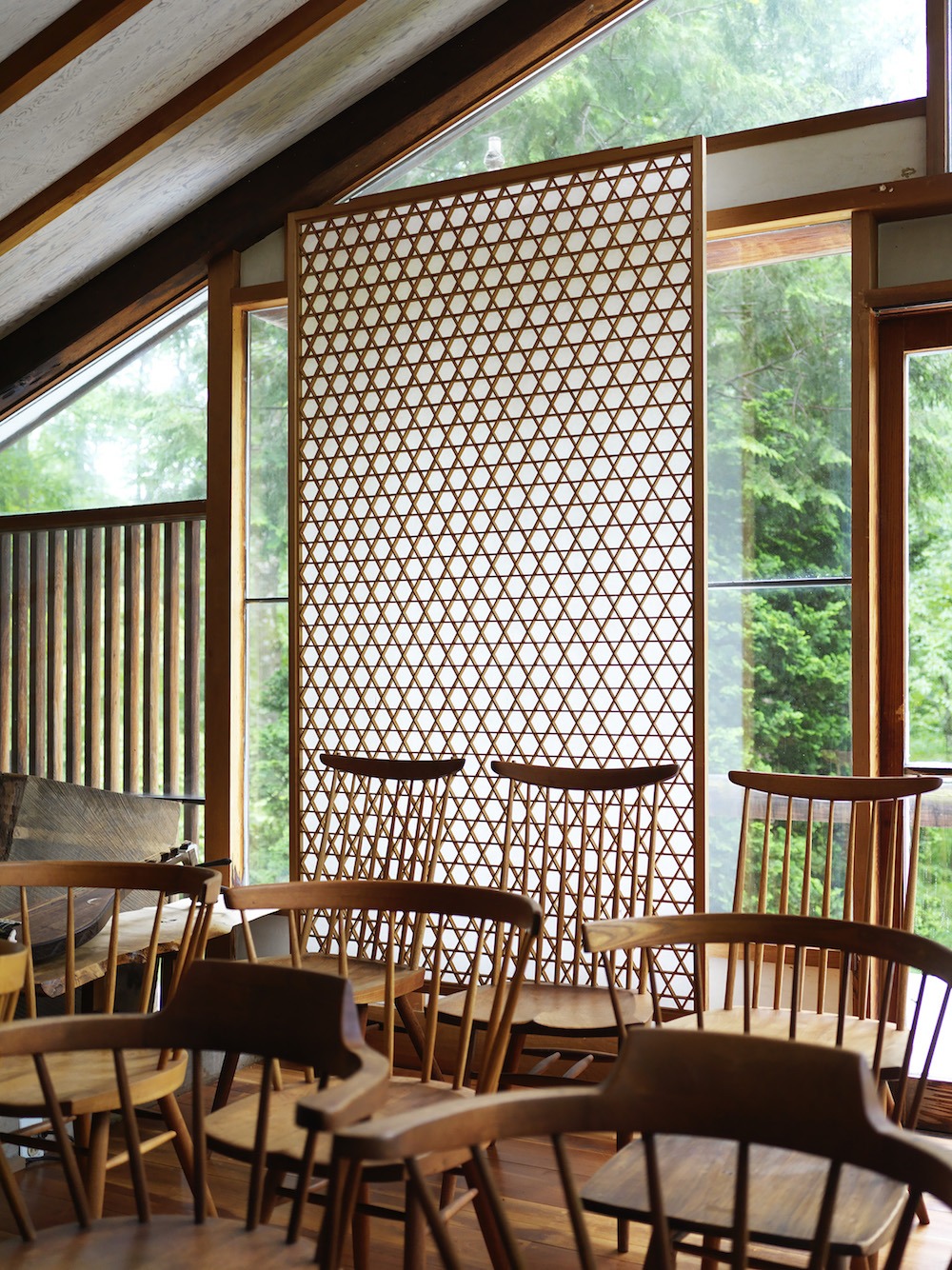
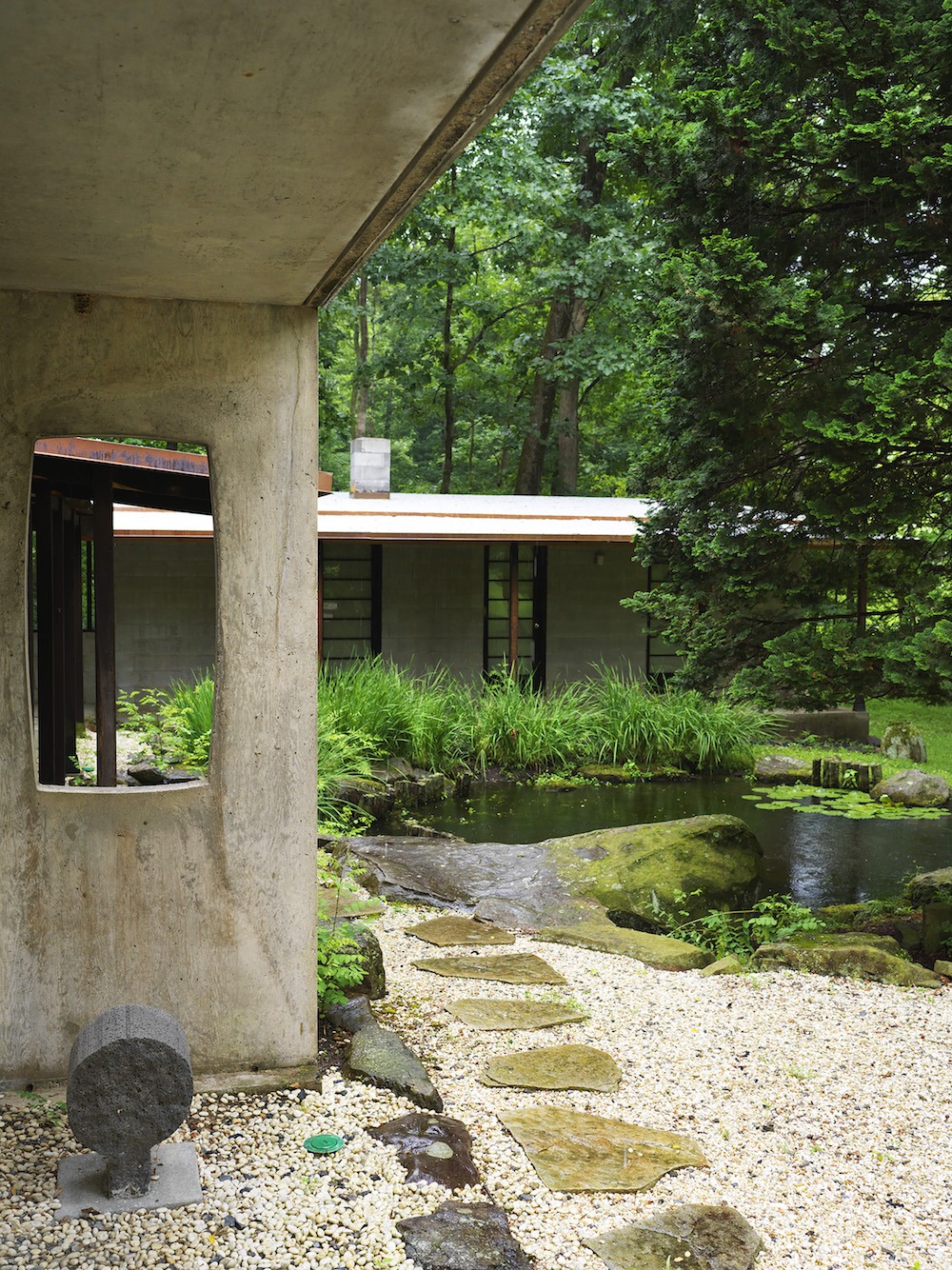
The closest town was called New Hope and, after the experience in the camp, “it didn’t look like there was hope,” Mira explains. “We were American citizens. The first generation had come to this country because it was the land of the free, and that turned out not to be true.”
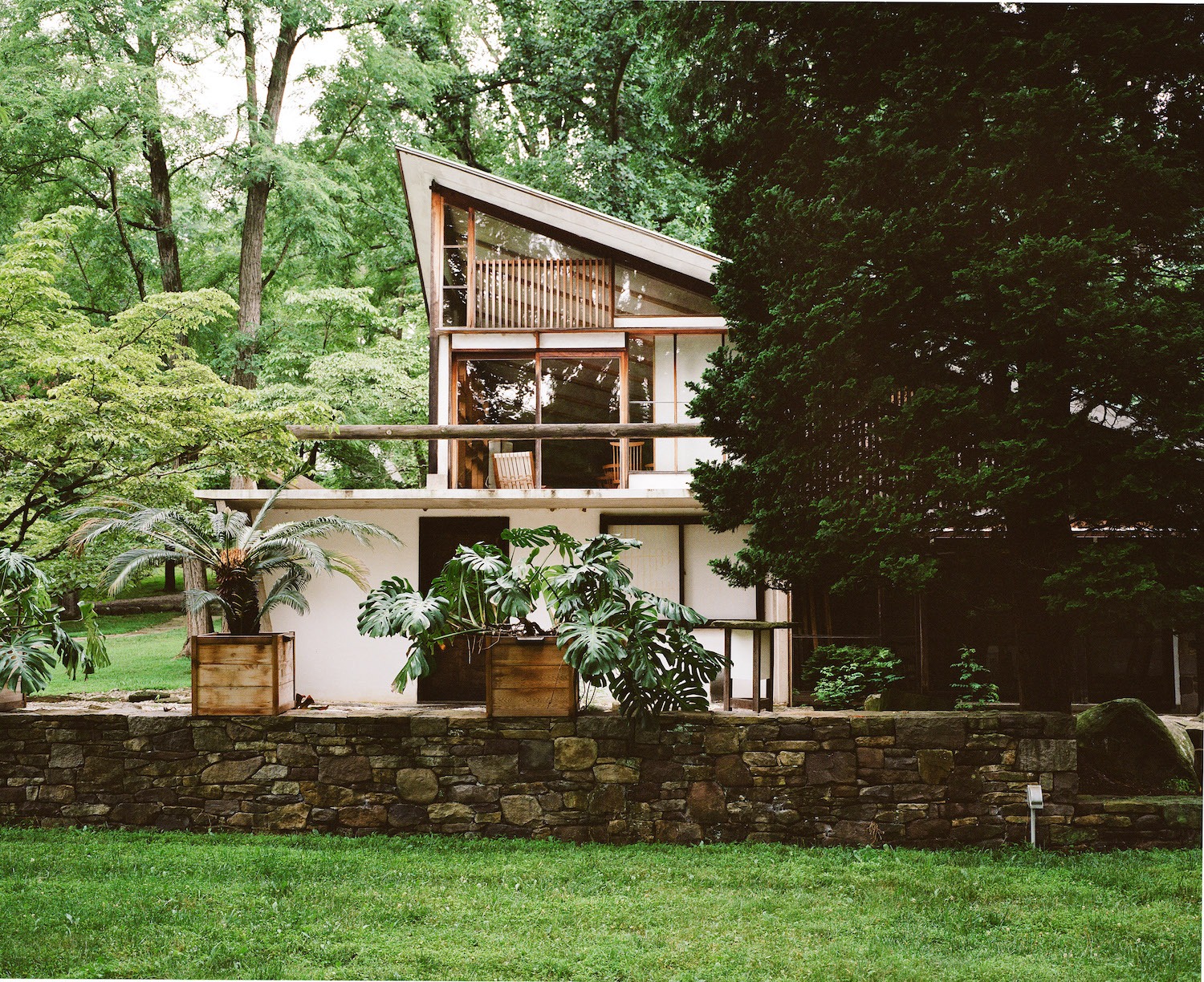
As a condition of his release, George was supposed to work only in an agricultural capacity. “Dad was employed as a chicken farmer,” says Mira. But after the war ended in 1945, they found an abandoned cottage on Aquetong Road and George began making furniture again, at first “because the farm needed things, and we needed things,” but eventually with the aim of starting a business and making a living. He found the property where Nakashima furniture is still produced and convinced the farmer who owned it to let him have three acres in exchange for labor. The family lived in an old army tent while George built a house and a shop.
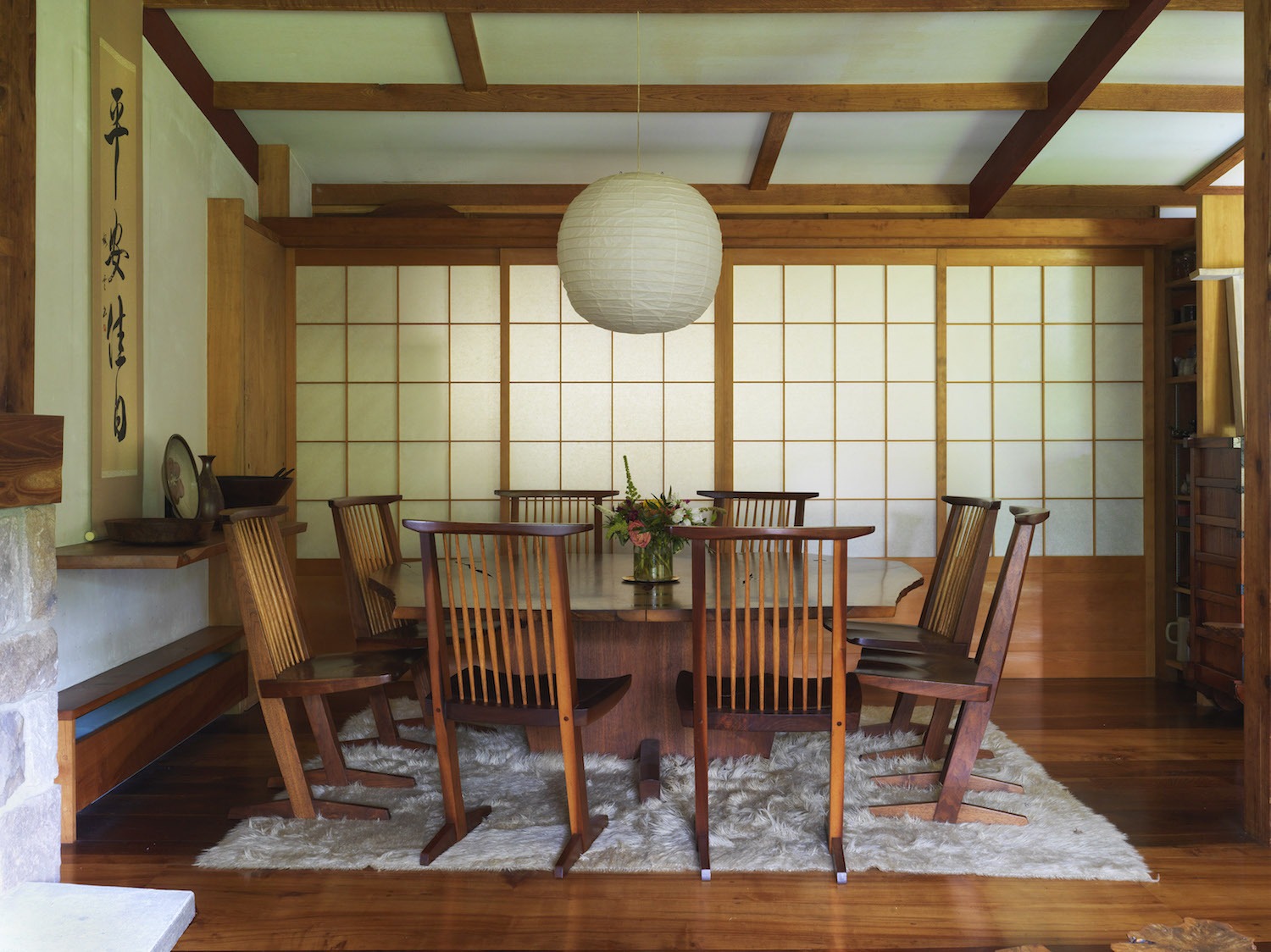
Over the years, George acquired more land and kept on building to accommodate his family’s needs and his growing business. His training and early work as an architect is obvious in the distinctive look of the nearly twenty structures he designed between 1946-1977, many of which blend traditional Japanese techniques with International Style flare. His work was collected in the Museum of Modern Art, and avidly sought by collectors (in 2008 his Arlyn table sold at auction for over $800,000).
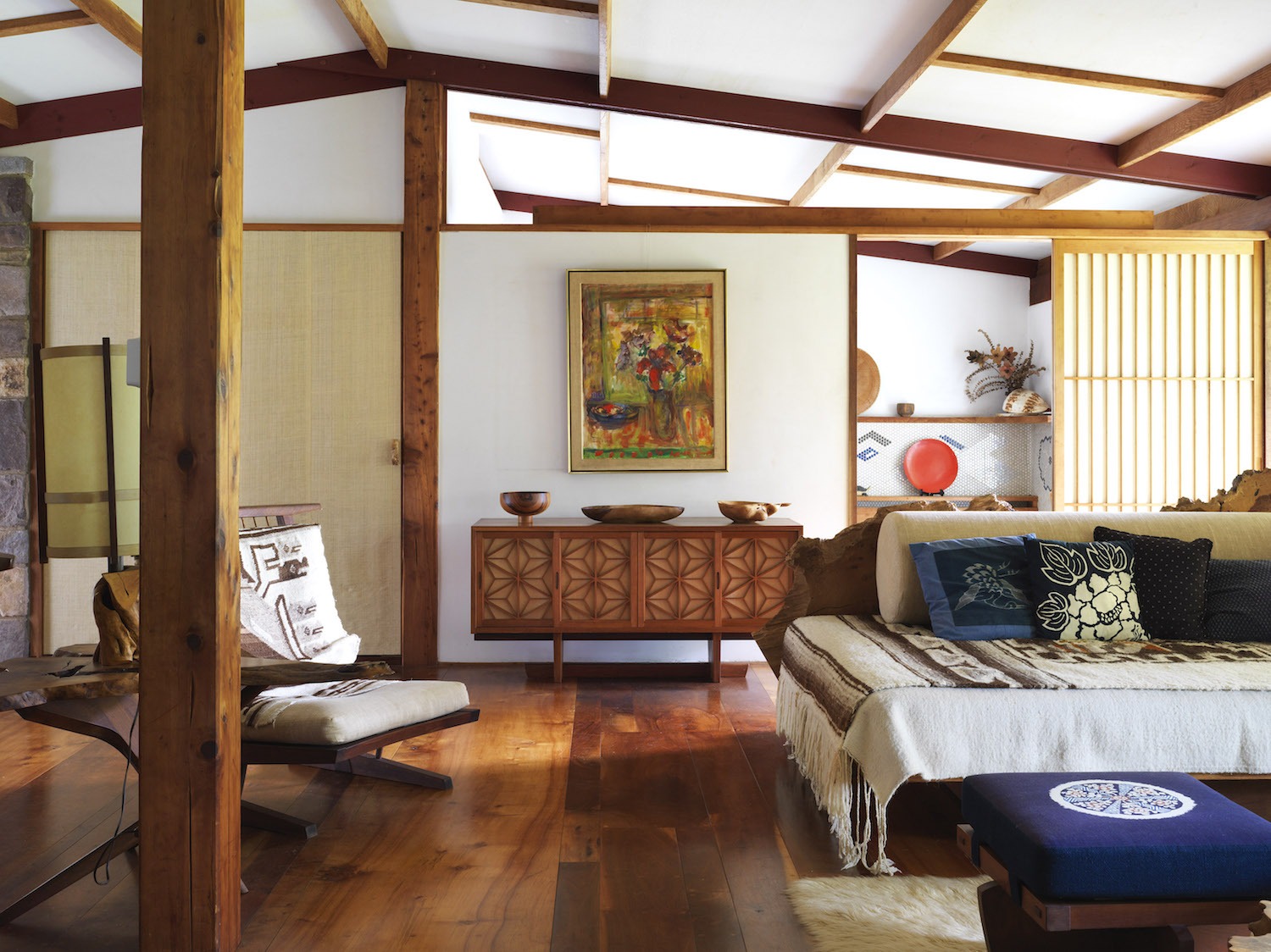
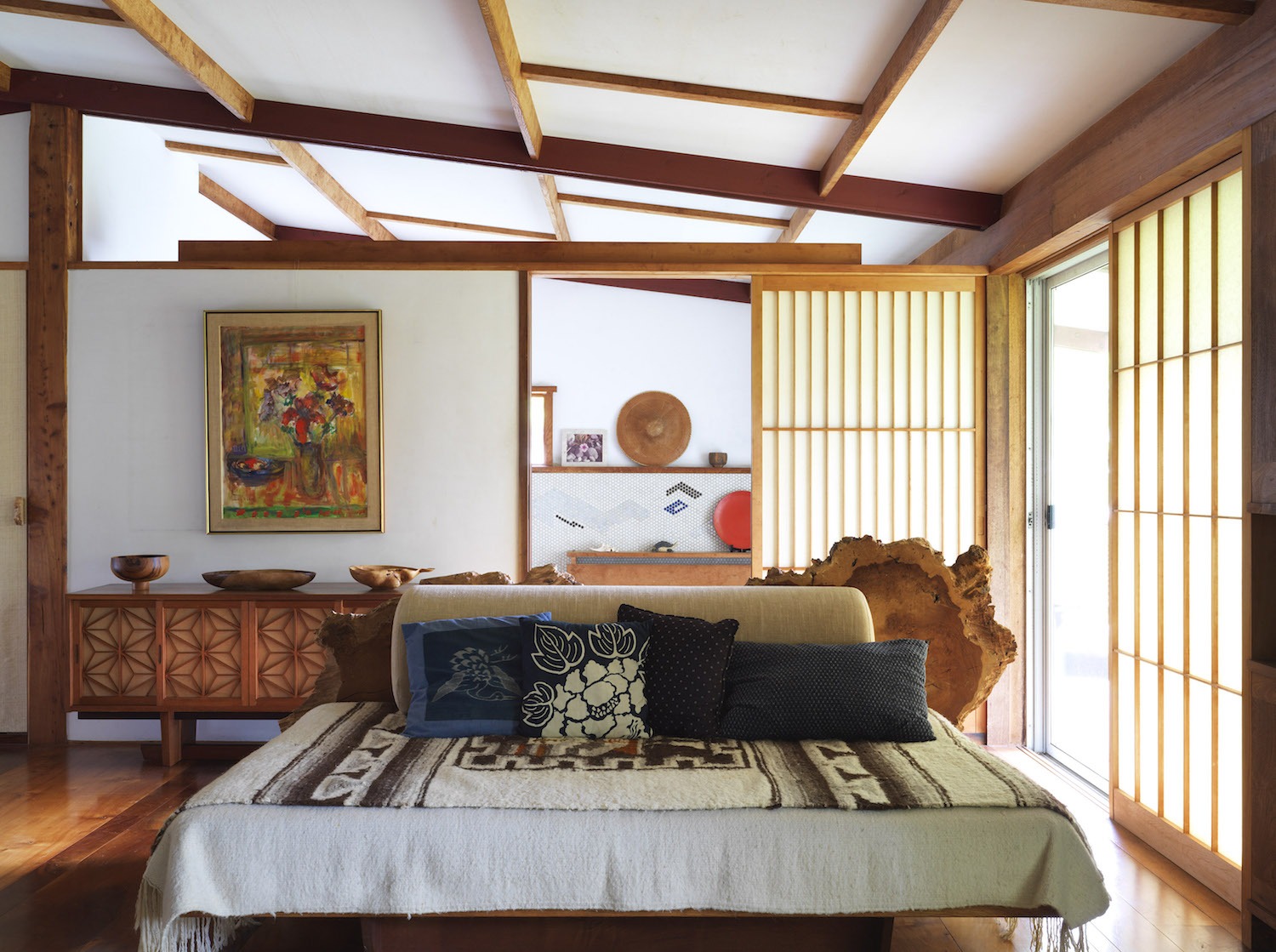
“When Dad passed, it was a whole different story,” says Mira. “The press had this image that my father did everything with his own two hands, and so obviously, if his two hands weren’t there, nobody could actually do anything. We had to prove that we actually could.” When they lost their lumber storage place in Philadelphia, Mira considered selling her father’s stores. But, ultimately, “it was that wood pile that kept me going.” The Pole Barn was erected in 1990 to house the wood her father had amassed during his lifetime. “I thought: This is wood that my father purchased and milled and had an intention for, and nobody else does wood like this, and maybe I better do something with it. And then we had all the men in the shop to feed and we had clients who still had orders with us. And I thought, well, we just have to keep going.”
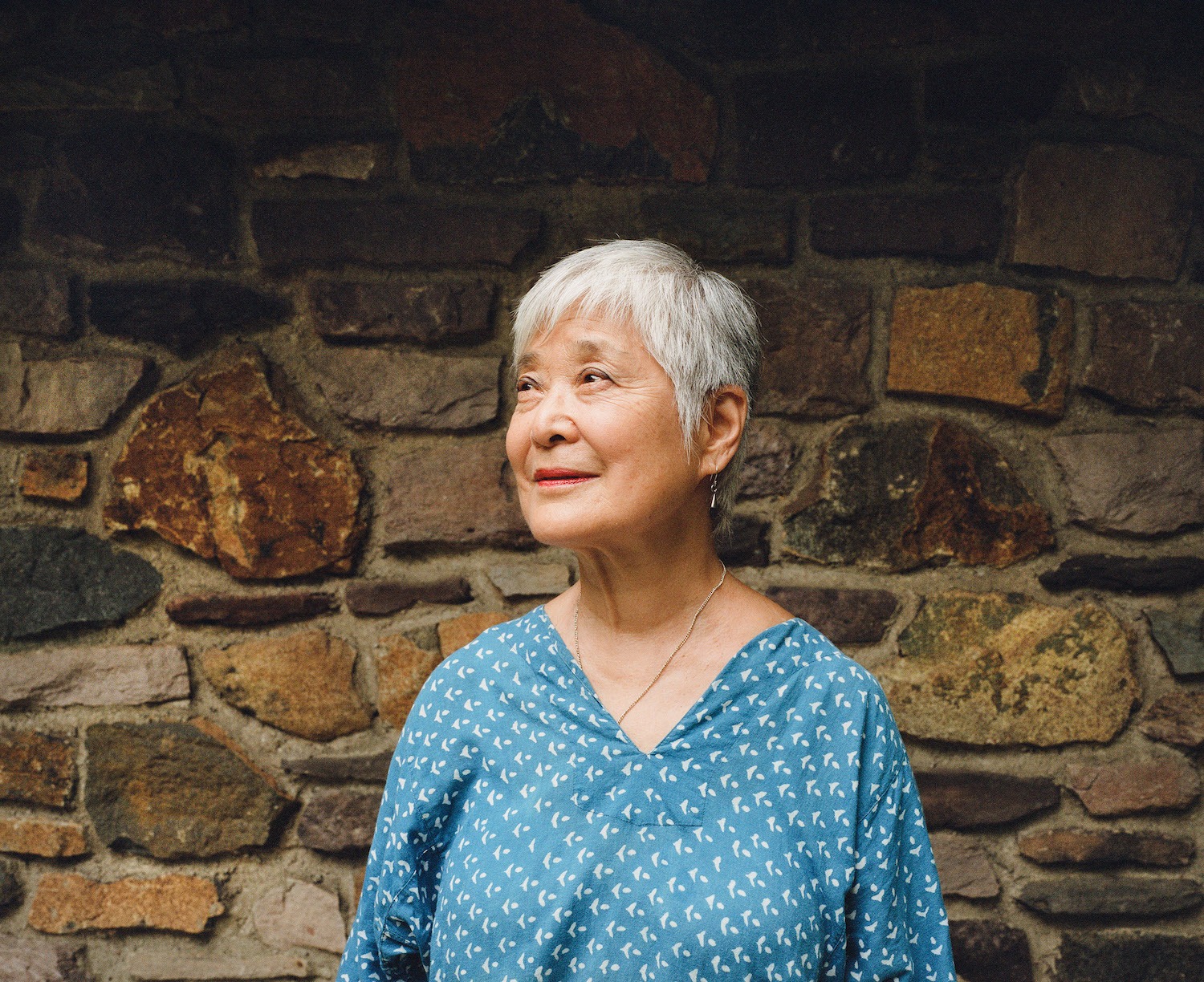
The George Nakashima Woodworker Complex now comprises twelve acres, a landscape of woods and open fields and footpaths that slopes from the original 1946 Workshop and the Conoid Studio along the Aquetong Road down to the swimming pool and pool house with its impressive barrel-vaulted roof. Across the street is the house George built for Mira in 1970 when he was trying to convince her to move back to the area and become his successor.
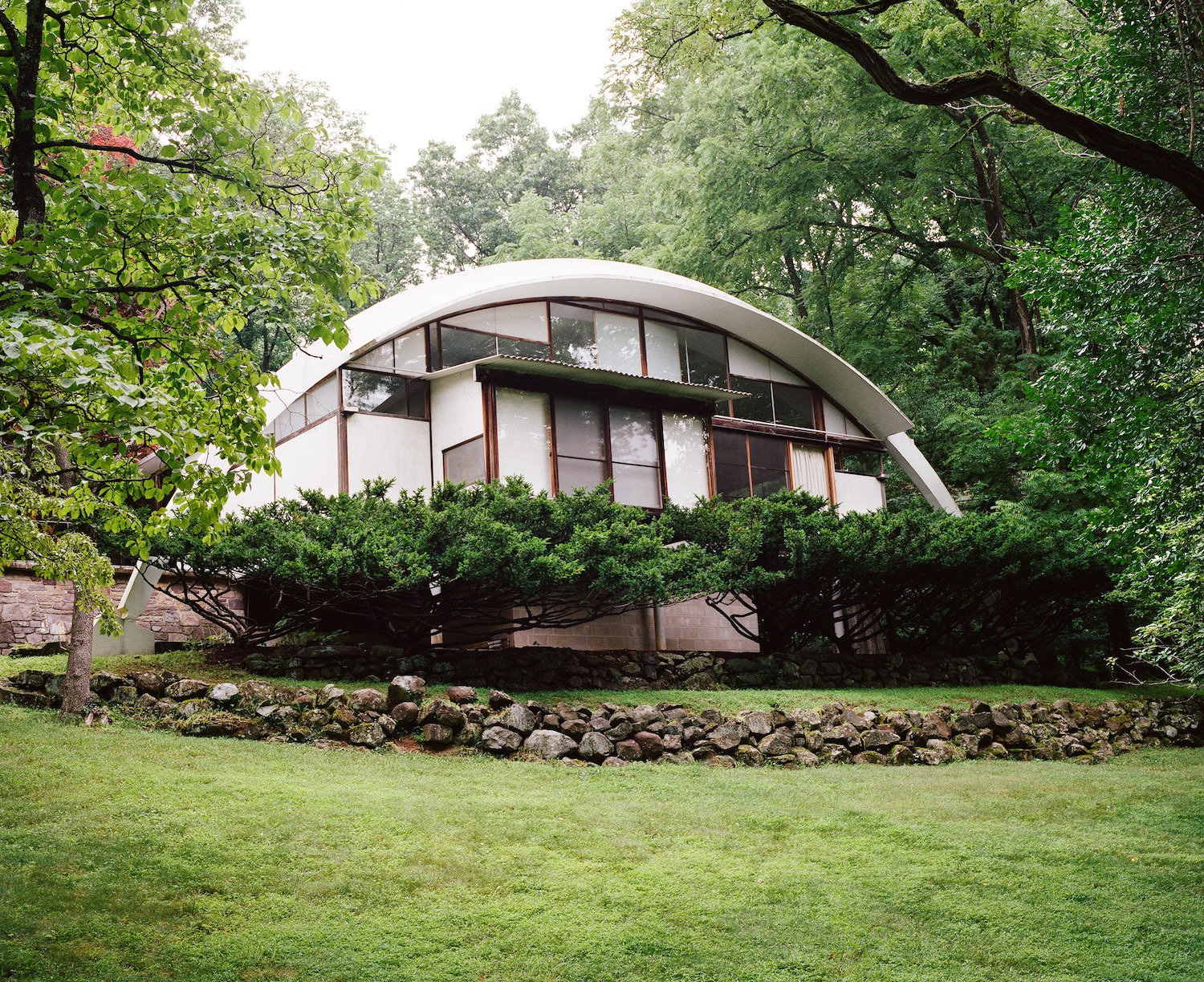
There is also the Arts Building, originally conceived as a museum to house paintings by the artist Ben Shahn, and the Reception House, with its tea room and Japanese-style sunken bath, which George playfully tiled with the names of his grandchildren and his son, Kevin—which must have given him a comforting sense of being surrounded by family, Mira points out, when he died in that tub. His original gravestone was carved of wood by Mira’s oldest son Satoru and is now displayed on the mantel in the Arts Building to prevent its rotting.
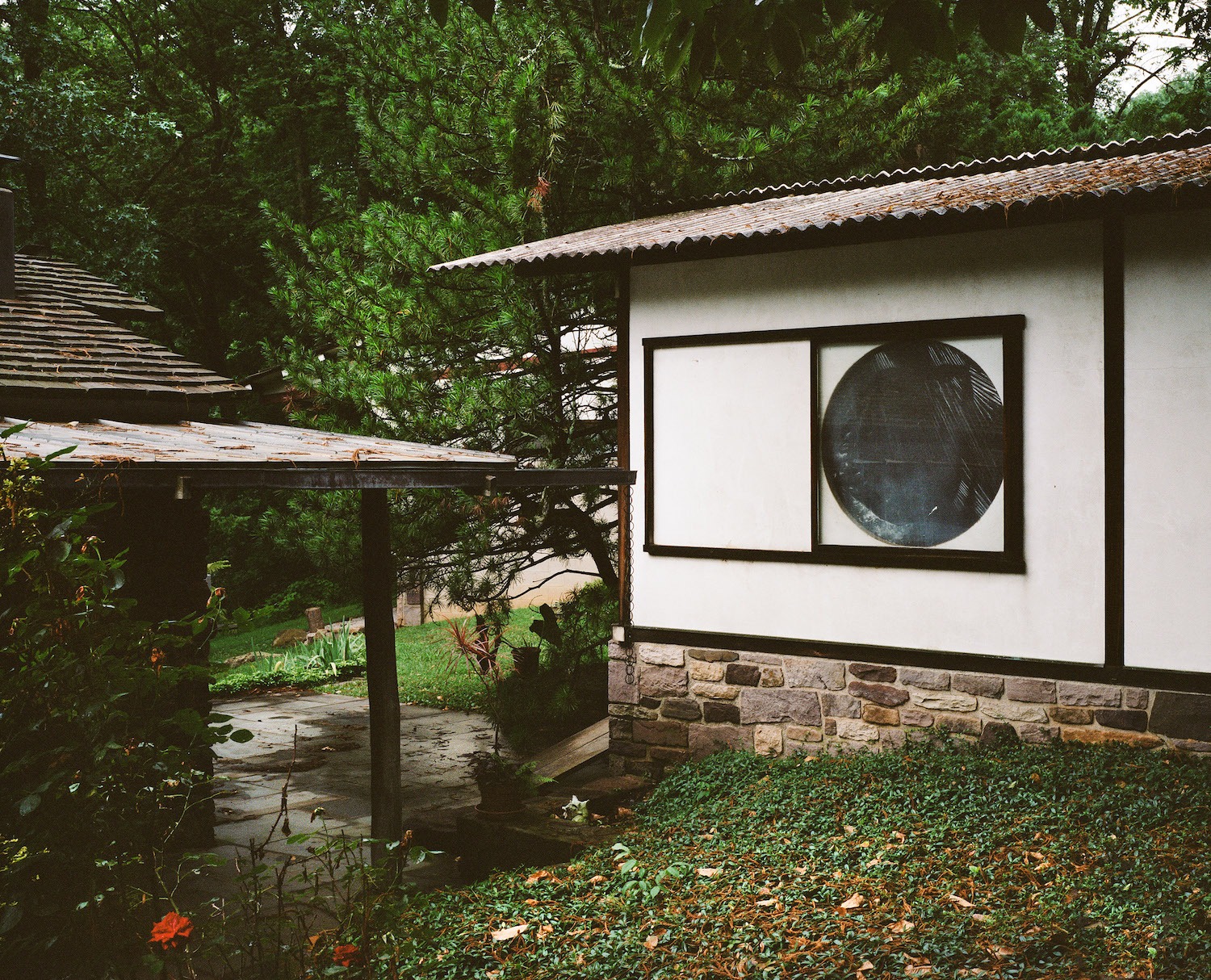
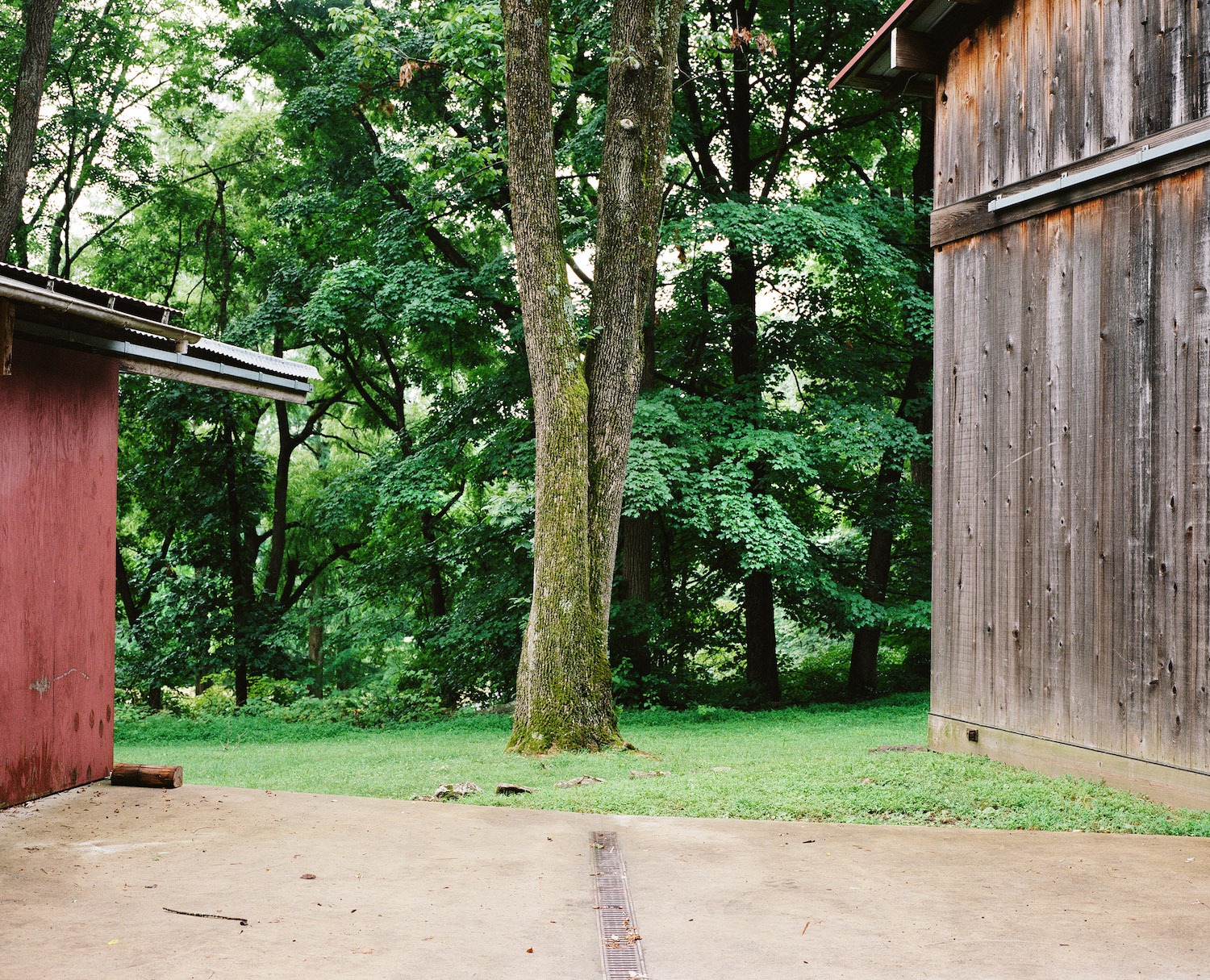
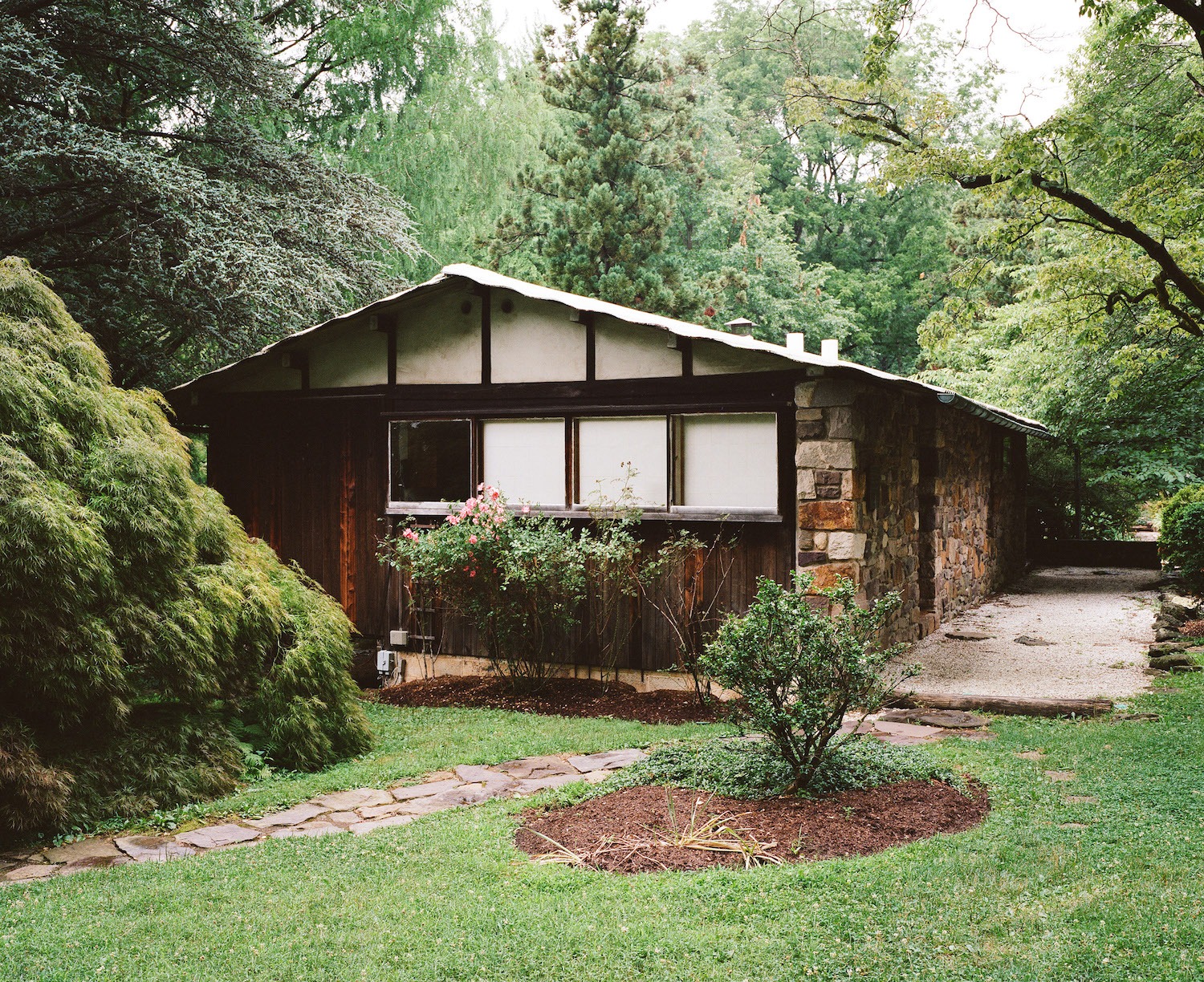
The property is both a functioning studio and woodshop, and a nonprofit foundation, on the National Register of Historic Places and supported in part by the World Monument Fund. But it remains primarily a family business, in which Mira, her brother Kevin, her husband John, and her daughter-in-law Soomi all play a part. Mira, who like her father was trained as an architect, has continued to produce her father’s classics and has bolstered Nakashima Woodworkers’ output and reputation with her own designs. Six days a week they complete furniture orders much in the same manner as when the founder was there to supervise everything they did, as many as five hundred pieces a year. On Saturday afternoons they keep up a tradition started by George and Marion—holding an open house from 1-4:30 to manage the flow of curious visitors and design pilgrims. “Dad used to actually take orders during Saturday afternoon visiting hours,” Mira remembers. She would channel visitors to her father, who would help these walk-in clients find the right wood for their orders.
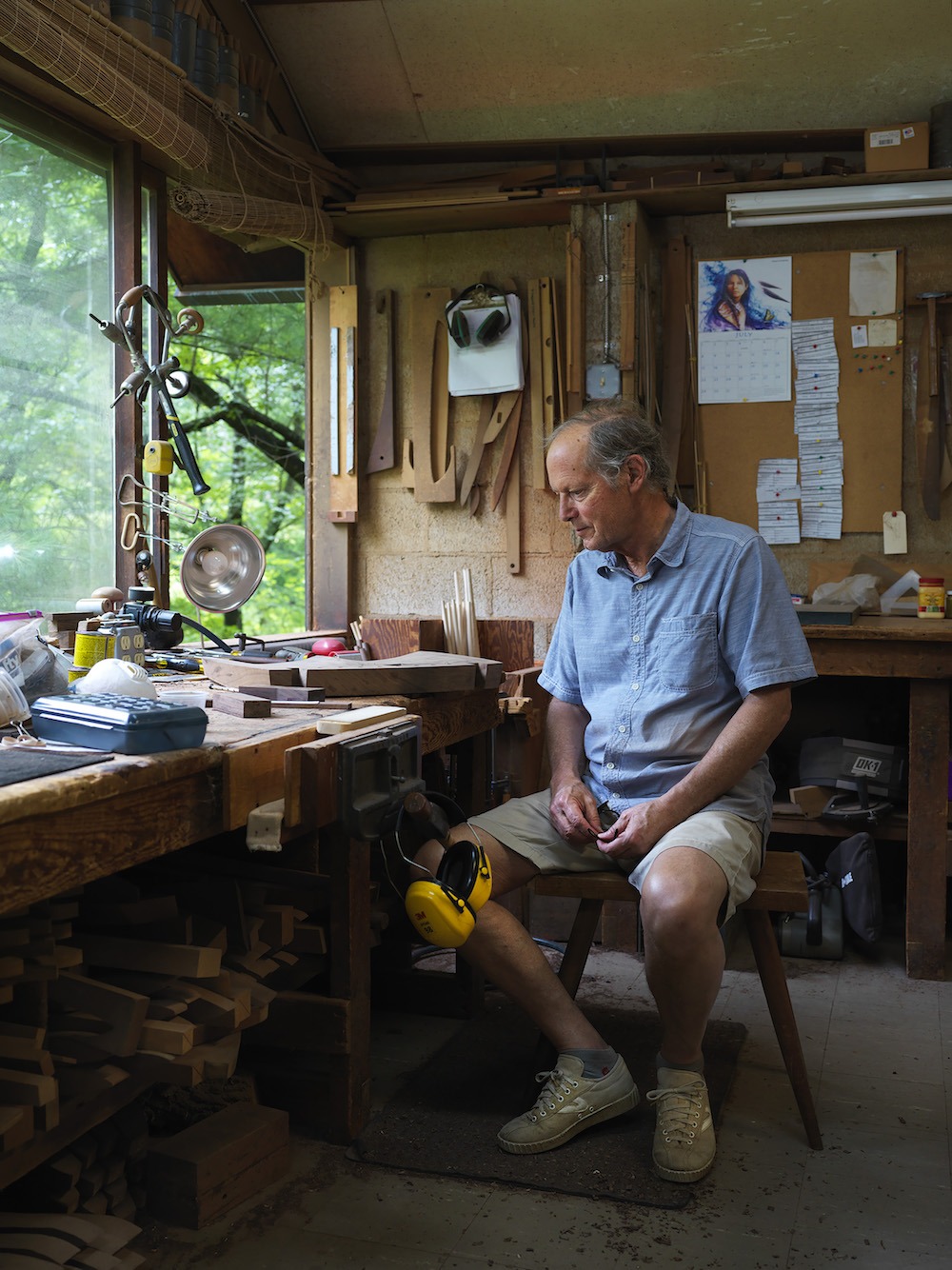
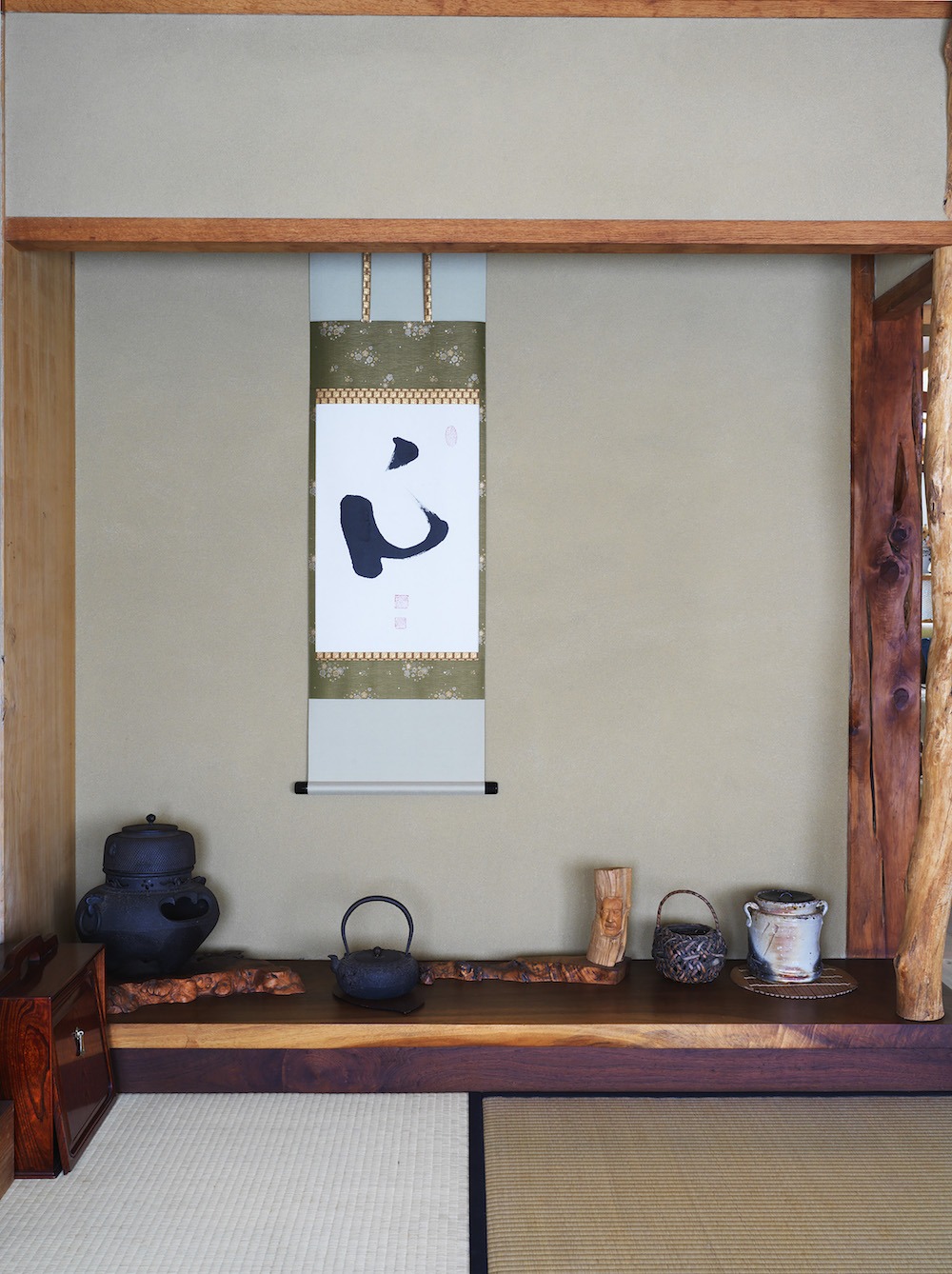

Slabs that George bought and selected still show up sometimes, identifiable by his markings and sketches. “Every now and then, I’m alone in one of the wood storages,” says Mira, “and I feel like he’s still there, telling me what to do.”
